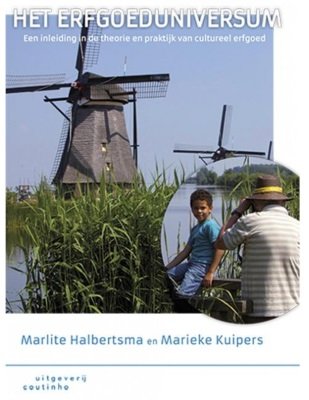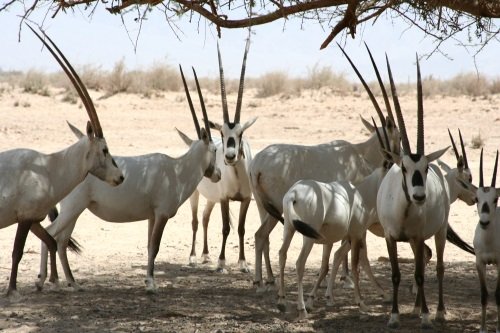First published: Sat 27 Jun 2015.
Els Slots
Book: The Heritage Universe
Comments
1 comment
Paul Tanner
10 years, 5 months ago (Jun 28, 2015)
Regarding the real impetus for the merging of the 4 Natural and 6 Cultural Criteria into a single list (compared with that given in the book).
Out of interest I have tried to discover any "chapter and verse" as to why it was done. I can find nothing from the time (2003) - in fact the "merging" took place at a time of other significant changes to the OGs and seems to have passed without comment among them.
However, this quote from the later Kazan Expert Meeting of 2005 seems to be the best statement I can find as to why it was done - though how much "post hoc" reasoning it contains I don't know!
"The experts agreed that the combined set of criteria:
a) should be a major advance as it would foster closer working arrangements between the natural and cultural fields by giving equal prominence to both as envisaged by the Convention;
b) could add discipline to the evaluation of cultural properties as integrity is now applied to all nominations and could lead to exploration of the application of authenticity to natural properties;
c) will require proper management arrangements and legal
or other adequate protection prior to inscription;
d) may encourage nominations of mixed properties;
e) and asked the World Heritage Committee to continue to
explore the future effects of the merging of the criteria on the operation of the World Heritage Convention."
So the encouragement of "Mixed Properties" IS mentioned but only as 1 of 4 reasons
This ICOMOS Document "What is OUV" (which we have referred to earlier under the "OUV - What does it mean?" Topic) contains discussions about "Historical Value", "Commemorative Value" and Aesthetic Value" etc (without referring to their progenitor, Riegl by name - though he seems to have developed the ideas of John Ruskin - see historicpreservationist.wordpress.com/2013/09/15/today-age-isnt-everything-ruskin-riegl-and-randall-mason/ It may be of interest to revisit it!
www.icomos.de/pdf/Monuments_and_Sites_16_What_is_OUV.pdf
Reply


